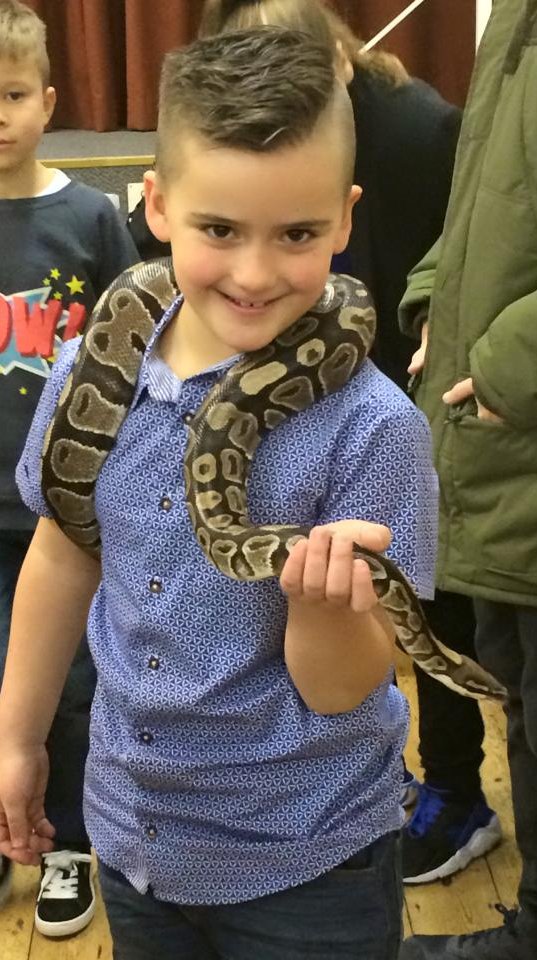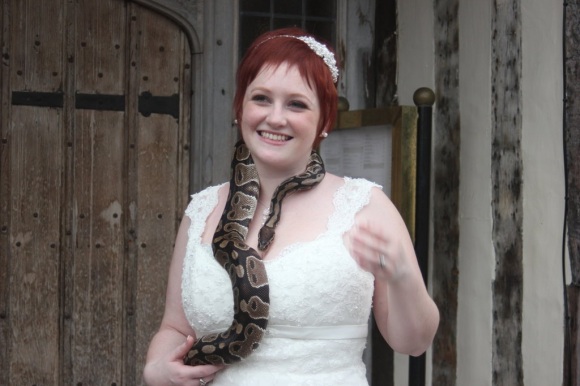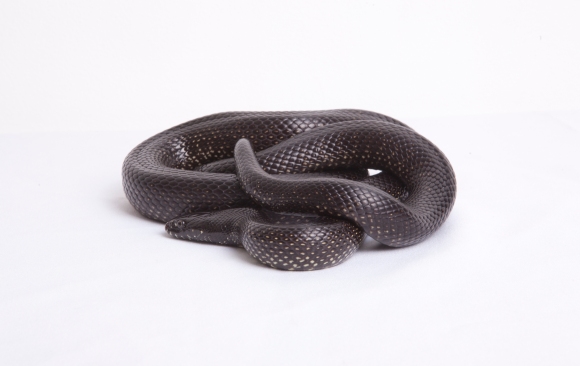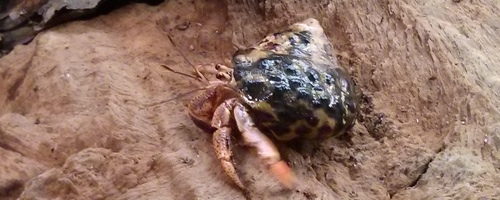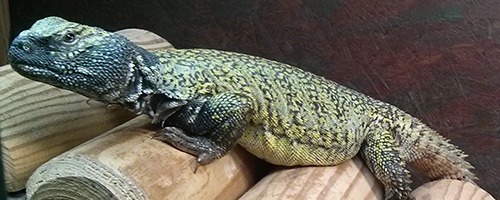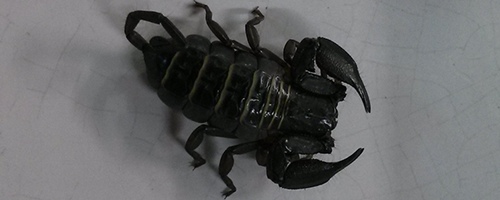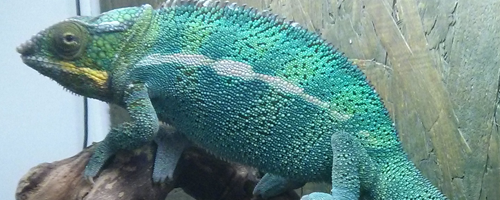 Considering our theme we couldn’t name our Chameleon anything other than Pascal. I’m sure you know the drill by now, here are the 10 facts about the lizard (whom is most likely relaxing in his new luxury apartment).
Considering our theme we couldn’t name our Chameleon anything other than Pascal. I’m sure you know the drill by now, here are the 10 facts about the lizard (whom is most likely relaxing in his new luxury apartment).
1. Like most of the Chameleon species found on the planet the Panther Chameleon is located in the eastern and northern parts of Madagascar in the tropical forest biome. It can also be found in Réunion and Mauritius but it was introduced here by us people.
2. Male panther chameleons are much bigger than females growing up to around 45cm in length, females are about half the size of the males.
3. Female Panther Chameleons have a dull brown colouration with hints of pink, peach, or bright orange patterning throughout their body. Males on the other hand have much brighter colours and patterns these vary depending on their geographical location known as “locales”. Panther chameleons from the areas of Nosy Be, Ankify, and Ambanja are normally a vibrant blue, while those from Antsiranana and Sambava are red, green or orange. The areas of Maroantsetra and Tamatave produce primarily red Chameleons, however this only applies to the males, female stay the same colour whatever location they are in.
4. One of the main characteristics of not only the Panther chameleons but all Chameleons are zygodactylous, meaning on each foot their five toes are fused into a group of two and a group of three, this gives the foot that recognisable oven mitt appearance. Chameleons use their specially adapted feet to form a tight grip on narrow branches helped by a sharp claw on each toe.
5. The Chameleons tail is prehensile, meaning they can use it to hang on to branches and assist in climbing the same way primates do.
6. Another of the Chameleons well known characteristic is their eyes which can move independently from each other giving them a full 360 degree arc of vision around their body. The upper and lower eyelids are joined together with only a pinhole large enough for the pupil to see through. They can rotate and focus separately enabling them to view two different directions at the same time. This comes in handy when looking out for predators or hunting insects, when prey is located, both eyes will focus in the same direction giving them excellent vision and depth perception. Enabling them to see small insects from a distance of around 5 -10m.
7. The Panther Chameleon uses its very long tongue, which in some cases can be longer than their own body length to catch fast moving prey. The tongue can fire out at around 26 body lengths per second and hit the insects in about 0.0030 sec. Thick mucus at the tip of the tongue forms a suction cup allowing the prey item to be drawn back into the mouth and crushed in its strong jaws. This process happens so quickly it can be missed by a humans naked eye even when they are paying attention and expecting it.
8. One of the many myths surrounding Chameleons is their ability to change colour depending on the ground they are standing on or next to. This is not true they in fact change colour depending on temperature, exposure to light and the mood they are in. For example Chameleons may go dark when cold to attract the heat so they can warm up more efficiently or display a variety of coloration and patterns to communicate messages to others. Bright colours may be used by a male to attract attention of a passing female, whereas dark colours could be used to show signs of stress or a warning to others.
9. Male Panther Chameleons are extremely territorial and live a solitary life, it is not uncommon for males to get aggressive with one another if their communication by colours does not work. Females are a little bit more tolerant towards one another but still prefer living on their own. The only time they would come together would be during the breeding season.
10. Panther Chameleons are not a long lived species of lizard, females live around 4-5 years because even when not bred they will produce infertile clutches of eggs, which take a lot of energy reducing their life span. Males live a bit longer reaching on average between 5-7 years.
Remember to read more about our family run company Snakes Alive, based in Essex, UK serving the East, South East and London areas by visiting the website http://www.snakesalive.co.uk
If you own a Chameleon and would like more care advice please visit:
http://www.snakesalive.co.uk/About%20Us/Animal%20Profiles/Lizards/nosy_be_panther_chameleon%20_Care_Sheet.html

